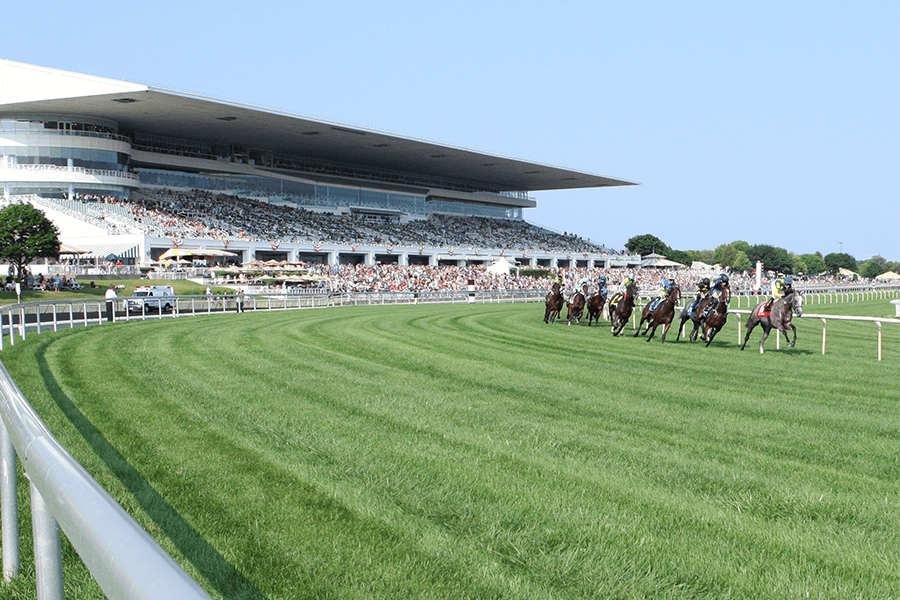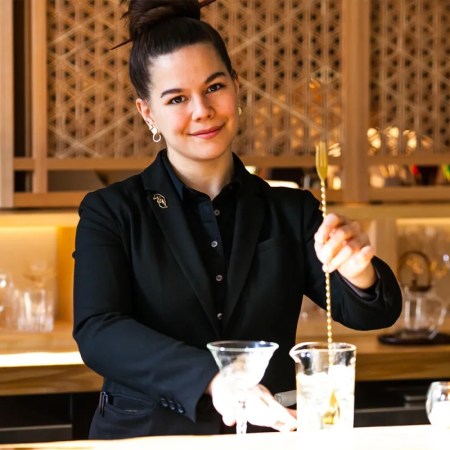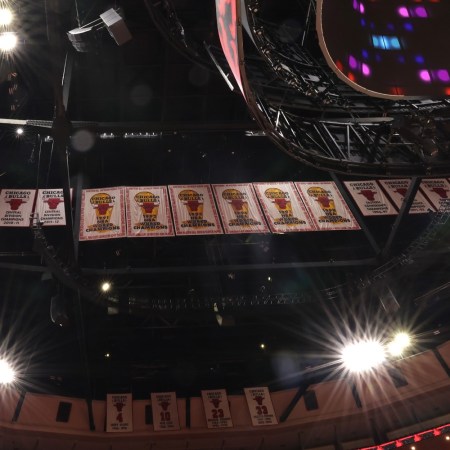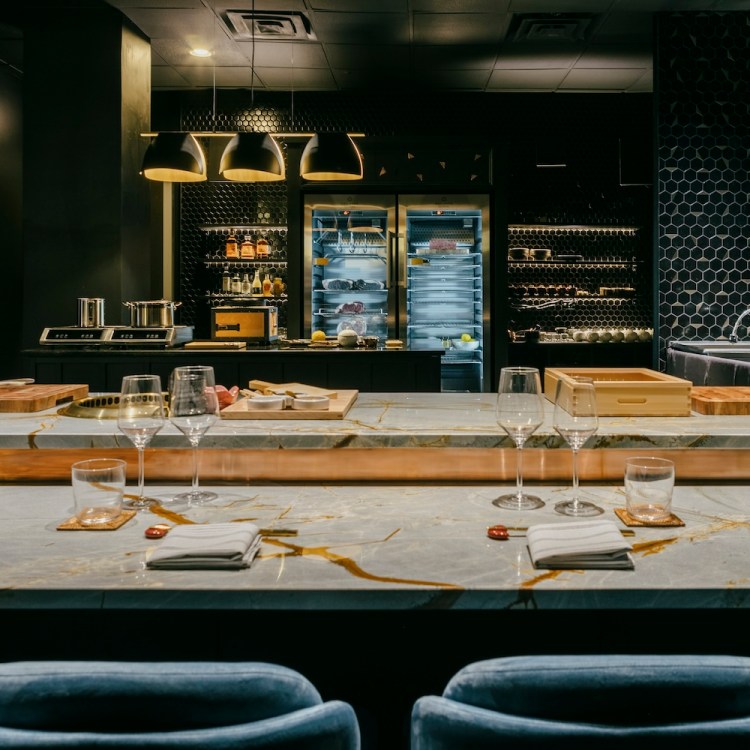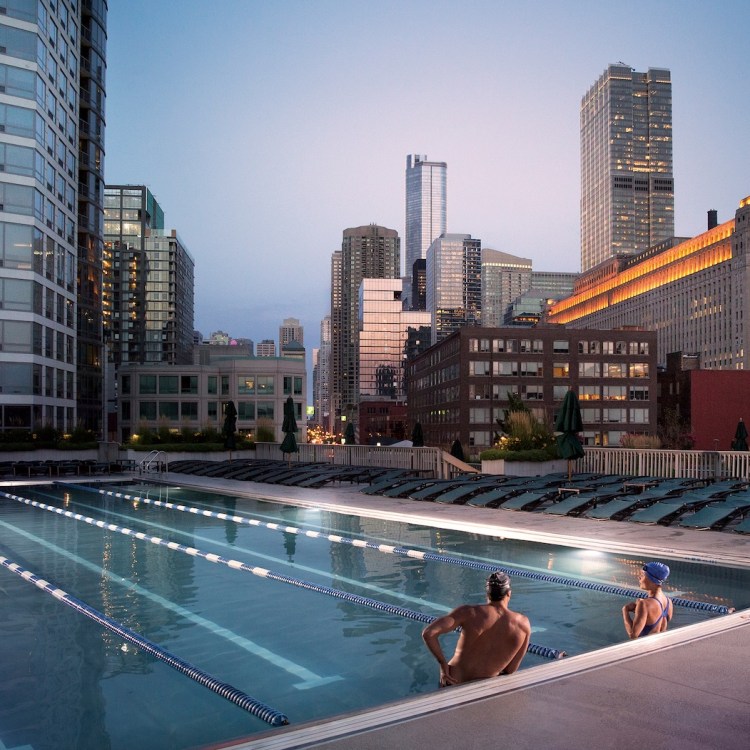Soldier Field — technically the oldest NFL stadium in the country, if you ignore the Toilet Bowl and stare directly at the columns, which were erected in 1924 — might not play host to its NFL team much longer.
The Chicago Bears snatched up an expansive 326 acres in suburban Chicago this October, dropping a whopping $197 million (a bit mysteriously) on the aptly named horse-racing facility Arlington Park, located in Arlington Heights.
It’s not the first time the Monsters of Midway came sniffing around the northwest suburb. “The Bears have expressed interest in Arlington Park as early as the mid-1970s,” says Arlington Heights Mayor Tom Hayes.
The private sale isn’t expected to close until late 2022, leaving us all chomping at the bit for what comes next.
Outside of the impending turf battle with Chicago Mayor Lori Lightfoot, many hurdles lie ahead for the Bears at ground zero, including: getting special use zoning approval from Mayor Hayes, making it through a public forum (that I personally can’t wait to attend), and allaying taxpayer hesitance on footing the bill.
While any of these could cause the deal to dissipate, at the end of the day the property is up for sale and it’s unlikely the ponies will return, so something new will go in.
What could it be?
One thing’s for sure: the land won’t be used for housing. “Although that would be allowed, we don’t want it,” says Hayes.
Hayes says the village is “looking to put the property to its highest and best use” and they want to at least replace the $1 million in annual revenue of direct property, sales, and other tax revenue from the racing facility.
Born, raised, and currently residing in Arlington Heights, I am quite familiar with the area — so as the suits spend the next few months on paperwork and due diligence, I’ll let my mind run wild with alternative possibilities for my neighborhood, as only a resident can. I talked with the experts to sort out the feasibility of my best ideas; here they are, in order of practicality.
Option 1: Practice Facility for the Bears, Multi-use Facility for Chicagoland
Maybe there’s a version where we don’t get game days in Arlington Heights, but we still get some Bears action. The Berto Center hosted the Bulls for 22 years, becoming synonymous with off-season ball and setting the gold standard for NBA practice facilities.
Creating an entire stadium for the American professional league with the shortest season means the facility will sit somewhat unused for half the year. If built right, an Arlington Fieldhouse could be used by regional schools all year long, hosting state championships at high school or even collegiate levels. Chicago invented the field house after all, Chicago Urban Historian Sherman ‘Dilla’ Thomas reminds us.
Option 2: Green Space
Man, “Arlington Arboretum” really sings.
Yes, growing trees takes time. But were you aware you could be planted and accredited as an arboretum in as little as six months?
Sue Paist is the ArbNet coordinator for the Morton Arboretum. ArbNet is a worldwide arboretum accreditation program, outlining different levels of arboretums and granting status. To qualify for Level 1 status, we’d only need 25 different species of trees and/or woody plants, which can be in all different stages – freshly planted counts – and an educational and community outreach program.
“It doesn’t have to be a huge project”, says Paist. Madison Square Park, a Level 1 arboretum, takes up only one city block in the heart of NYC. So even if the Bears build a stadium, Paist says the Village could incorporate an arboretum via a walking trail that goes around the gridiron.
And the mayor can rest easy as plants aren’t the only greenery associated with these operations: Chicago Botanic’s holiday event, Lightscape, netted approximately $750,000 in 2020, at the height of the pandemic.
Option 3: Extreme Sports Outpost
Maybe football isn’t the right fit, but as Hayes says, we’re a sports village: “Horse racing was a big part of our legacy and our traditions here in Arlington Heights for almost 100 years. We’ve got a horse head logo on the Village flag.” And the park does have a legitimate legacy: on August 30, 1981 it hosted the world’s first million dollar thoroughbred race, The Arlington Million.
With the bonafide “sporting community” credentials intact, Hayes says they’re looking for something to replace that tradition, “that’s equal or better.”
So if we’re angling to be groundbreaking leaders in sport again, let’s get into some niche shit. I’m talking nascent Olympic darling skateboarding, or professional indoor volleyball, or drone racing or national training facility. Charlotte, North Carolina, has the National Whitewater Rafting Center, where professionals train for the Olympics while novices can “paddle class II-IV rapids on the world’s largest man-made whitewater river.” They’ve also got rock climbing, ropes courses, hiking, and riding trails.
Does curling need such a space?
Option 4: Destination Golf Resort
Picture a rolling, prairie-style course, peppered with fescue grasses and major league doglegs. Imagine yourself pulling up to the Frank Lloyd Wright-inspired clubhouse, grabbing an Arnold Palmer and settling in to watch Phil Mickelson or Nelly Korda hack away at a BMW-esque tournament, then checking into your well-appointed room at the on-site resort.
The Arlington Park property is well suited to host an 18-hole tour-level championship course, with a legitimate practice facility and even a cutesy 12 hole par 3 – à la Sand Valley’s The Sandbox. But as Mike Benkusky, the president of a golf course architecture firm, and member of the American Society of Golf Course Architects (ASGCA), bluntly puts it: “You could do it, but why would you?”
Benkusky figures the cost is likely just too high and competition in the area is just too steep.
Option 5: Outdoor Music Venue
Just like Ravinia to the east, we’ve got a Metra line that drops off right at the Arlington Park parking lot. From there, the similarities end as the Arlington property dwarfs Ravinia’s resources. Arlington Park’s iconic 700,000-square-foot grandstand offers a whopping 12,000 seats (with total capacity for 35,000), compared to Ravinia’s 3,350 pavilion seats and lawn capacity.
Hayes is a major buzzkill on this idea, saying the space is just too big: “You wouldn’t have 326 acres of Ravinia-style property. That’s not maximizing our revenue potential.” He might have a point, as Ravinia takes up a measly 36 acres of Highland Park real estate, meaning we could fit nine entire Ravinias into the Arlington Park lot. Eat your heart out Lollapalooza. We can call it Midwest Coachella – I can smell the brats from here.
The reality is many pro sports stadiums host concerts in addition to sporting events. So we could get plenty of big names in town without a standalone music venue.
Option 6: Options 1-5
If we’re looking to replace $1 million in revenue for the city, lots of avenues seem possible. (I’m personally pulling for an amalgamation of all the options above.) And now knowing how simple it is to erect an arboretum, I’ll be pretty irritated as a resident if any future development doesn’t include an accredited greenscape in the plans.
For now, there’s not much to do but wait. I’ll let you know how the public forum goes.
This article was featured in the InsideHook Chicago newsletter. Sign up now for more from the Windy City.
